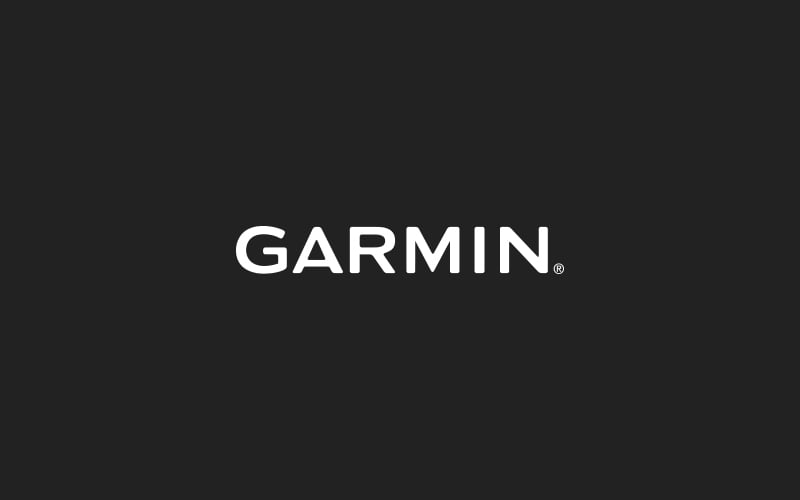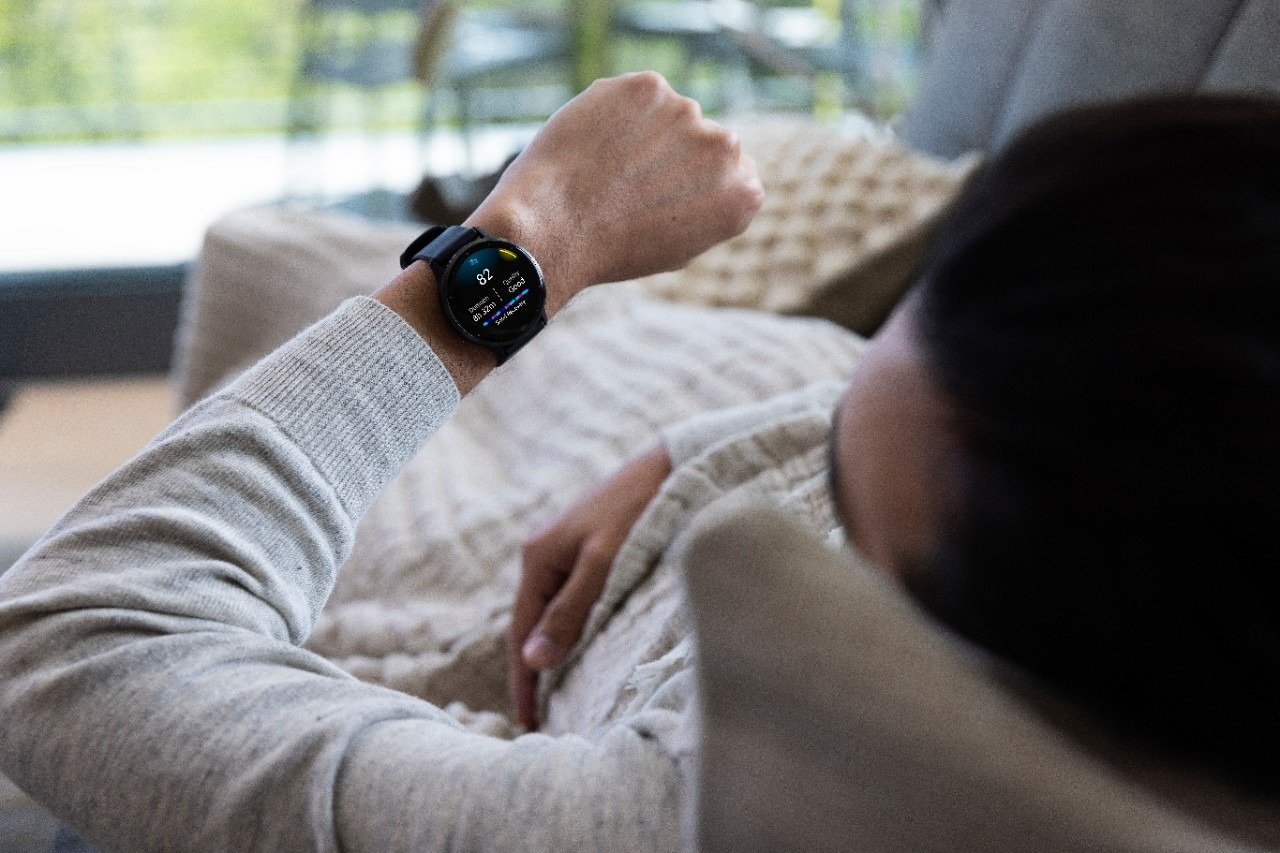
David Arthur takes on the Cent Cols Challenge
The recent inaugural Cent Cols Challenge posed possibly the toughest, hardest and most demanding event that most of the 40 riders who bravely embarked on it could ever imagine.
The event was the brainchild of Phil Deeker, who to celebrate his 50th birthday got on his bicycle and rode 300 cols in 26 days. A feat of unimaginable daring. So naturally his next step was to conceive an event that would offer the same challenge, experience and reward but over a slightly, but only very slightly, less taxing duration. And with just 100 cols on the 10-day route.
So on the 14th September 2009, the assembled riders rolled out of a small hotel car park under against an intimidating mountainous backdrop and embarked on what for many would be a life changing experience. The next ten days would be a feat of unimaginable suffering, agony and pain, but also of immense satisfaction, courage, camaraderie, friendships and above all, a huge sense of achievement.
This ride wasn’t about being the fastest. The first to the top of the mountains. The first back to the hotel every day. It was about the ride, taking in the breathtaking panoramas that opened out each day ahead of the riders, of taking on the toughest mountains and battling through every kilometre and metre of ascending. Of getting ever closer with each pedal stroke to the goal of completing the challenge that lay ahead.
 The route was perfectly conceived. It was certainly ambitious, the stages were long, and the daily ascending quota off the scale and the prospect of fail an ever present thought in the back of the mind. I played close attention to the Garmin Edge 705 mounted to the stem of my bike, its large clear screen illuminating a raft of information that, closely allied with the detailed briefings before each day, would help me get through each stage.
The route was perfectly conceived. It was certainly ambitious, the stages were long, and the daily ascending quota off the scale and the prospect of fail an ever present thought in the back of the mind. I played close attention to the Garmin Edge 705 mounted to the stem of my bike, its large clear screen illuminating a raft of information that, closely allied with the detailed briefings before each day, would help me get through each stage.
The difference between completion and failure? Probably not, but I wouldn’t have tackled such a ride without the 705 guiding me through each stage. Its best attribute was helping me to pace myself, preventing me from pushing too hard. Conserving my energy. Keeping track of the calories burned to enable better refuelling. And to know just how much climbing we would complete. And in the end, an eye-watering 40,000 metres was scaled.
David Arthur is Staff Writer at www.roadcyclinguk.com.






